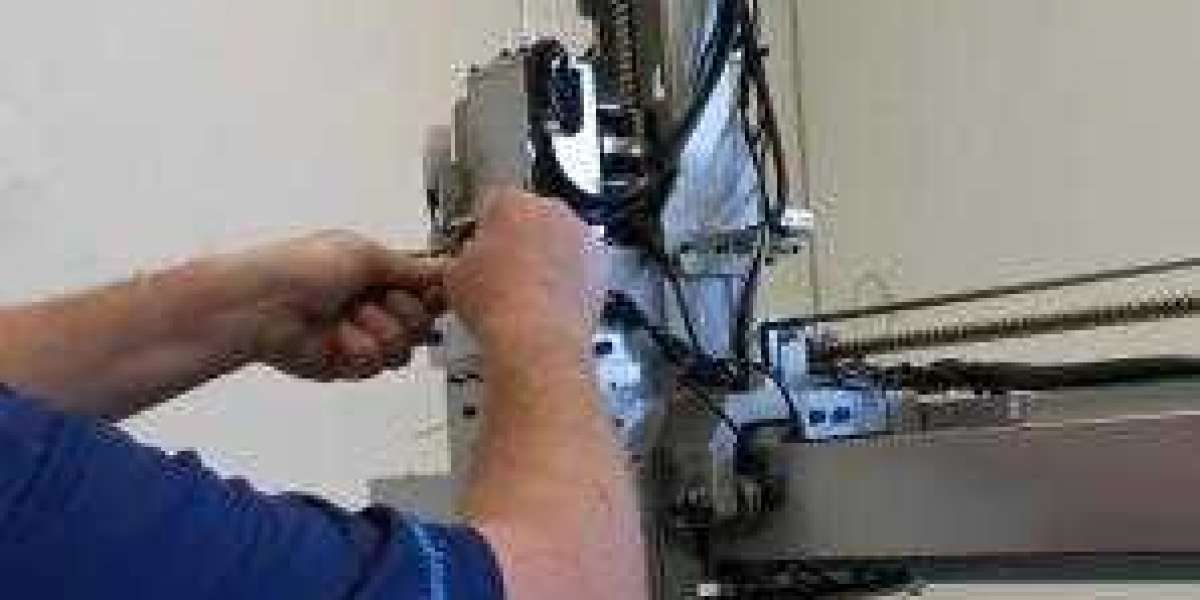One of the most important workhorses that we have for ensuring the quality of our products is a coordinate measuring machine that we have. It is put to use on a daily basis by our company in order to qualify rapid prototypes and production parts that have complex geometries and exacting tolerances. Specifically, it is used to verify that the parts meet the required specifications. Continue reading to learn more about how this multipurpose machine is one more way we guarantee that every part we make will meet and even exceed your expectations, and to find out more about how this machine can be used in a variety of applications.
What precisely is a Coordinate Measuring Machine, and how does it carry out its intended functions? A coordinate measuring machine is equipped with an electronic probe that is extremely sensitive, and it uses this probe to measure a series of discrete points on the geometry of a solid part. The component is put through these measurements in order to establish whether or not it satisfies the requirements that have been set for it.
What Are the Individual Components That Make Up a CMM? When parts are to be measured, they are fastened firmly and securely on a solid table that is typically made of granite and has had the surface ground flat. This ensures that the measurements are accurate. A stylus that is spring-loaded is connected to a gantry that is able to move in an X-Y-Z coordinate plane. The probes, which come in a wide range of sizes and configurations, are fastened to the stylus.
Both the probe and the stylus have the ability to rotate in their own right, allowing for the various part features to be accessed in a variety of ways. The movements of the gantry and probe can either be controlled manually through the utilization of a joystick or automatically through the application of programming. Both of these control methods have their advantages. As a result of this, the Coordinate Measuring Machine (CMM) is a genuine example of a piece of machinery that is controlled by a computer.
What does the Probe exactly measure? Probes that rely on physical contact use spherical tips made from ruby or another rigid and stable material that does not change size in response to changes in temperature. Optical light or lasers are not required for these probes.
Both the probe and the stylus are connected to electronics that are extremely sensitive; as a result, they are able to detect even the most minute shift in the electrical resistance that is being produced by the probe. When the spherical tip makes contact with a solid object and is forced to deflect as a result of this contact, an electrical signal is produced. This occurs quite frequently. After that, the computer will store this signal in its memory. Because it is dependent on the specifications of the part, the maximum number of points that can be measured is not predetermined and therefore does not have a limit.
To What Ends Are These Data Being Obtained? Obtaining these points will allow you to accomplish two different goals at the same time. Individual points are used for the purpose of quality assurance to validate the measurements of actual parts against the data contained in a customer's CAD file. This is done by comparing the two sets of data. The collection of all of these points into a point cloud that outlines the contours of the component is yet another approach that can be taken. This is helpful in circumstances in which a single example of a part is used as the basis for a CAD program in order to make additional examples of the part, such as when CNC machining is being performed.
CMMs are particularly useful due to the accuracy they provide when measuring points that are located inside holes or bores. These recessed areas can be difficult to measure with optical systems, and in some cases, it may even be impossible to do so. This is because the light has a tendency to reflect and bounce around inside the feature, cmm inspection services causing interference and inaccuracy.
Are There Any Boundaries to the Capabilities of the CMM? Every touch probe needs to make full and direct skin contact with the target in order to get an accurate reading. Because of this, the size of the probe tip needs to be appropriate for the characteristics that it is supposed to measure in order to ensure accurate results. If the tip is too large, CMM Inspection Companies won't be able to resolve the fine details of features that are smaller than itself. This is because those features are closer in size to the tip. In addition, the tip needs to be exceptionally clean on a microscopic level in order to ensure that no foreign contaminants will be able to enter the space that exists between the tip and the workpiece.
Rubbers and elastomers that are exceptionally malleable and soft have the potential to be so yielding when touched by the probe that the surface may slightly deflect, leading to an inaccurate reading. This can occur in situations in which the probe is used. After that, additional techniques employing lasers or other forms of visible light would be utilized in order to obtain a measurement that is significantly more accurate.
How accurate is the capability maturity model (CMM)? The accuracy of the CMM relies on the existence of a very rigid physical frame that does not change shape over the course of time or as a result of the environment in which it is located. It is a testament to the sturdiness and dependability of its design that our Nikon Altera ceramic bridge CMM, which makes use of a Renishaw PH10M Plus probe, is guaranteed to keep its accuracy for a period of ten years without having to be adjusted or calibrated during that time. This guarantee is accompanied by a 100% satisfaction or money-back guarantee.
In what way will this affect the products that you sell? In the end, accurate measurements of complex shapes and surfaces may be dependent on a combination of tools and methods, each of which is optimized for a specific application. These tools and methods each have their own set of advantages and disadvantages. These tools and techniques can be further subdivided into their respective categories using further breakdown.









